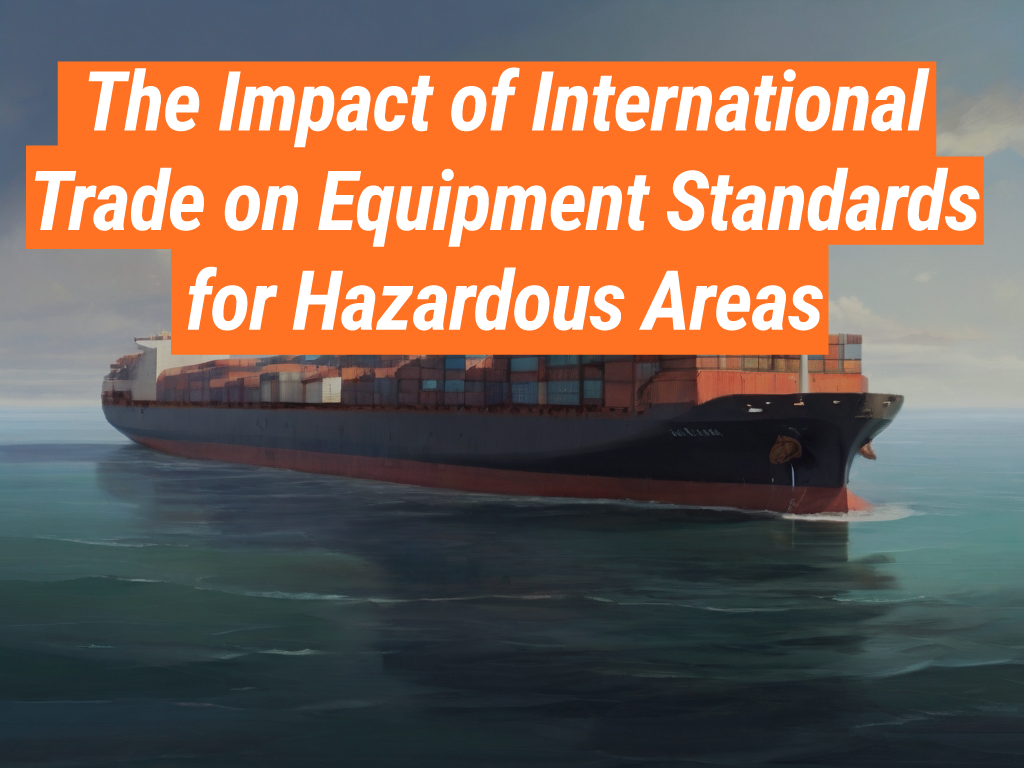Welcome to Intrinsically Safe Store, your one-stop-shop for all your safety equipment needs. We understand the importance of adhering to international standards when it comes to equipment for hazardous areas. In this blog, we delve into the impact of international trade on these standards. Visit our website to explore our wide range of products that meet these standards.
The Role of International Trade
International trade plays a significant role in shaping equipment standards for hazardous areas. It promotes the harmonization of these standards, ensuring safety and efficiency across borders. This harmonization is crucial in facilitating trade, reducing technical barriers, and promoting economic growth.

Harmonization of Standards
Harmonization of standards is a key outcome of international trade. It ensures that equipment used in hazardous areas, such as oil and gas industries, chemical plants, and mining operations, meet the same safety standards worldwide. This uniformity not only enhances safety but also boosts confidence among stakeholders.
Case Study: ATEX and IECEx
Two prominent examples of harmonized standards are the ATEX directive in the European Union and the IECEx system internationally. These standards ensure that equipment used in explosive atmospheres is safe and reliable. They have been widely adopted globally, demonstrating the positive impact of international trade on equipment standards.
Benefits of Standardization
- Enhanced Safety: Standardization ensures that equipment used in hazardous areas meets the highest safety standards, reducing the risk of accidents.
- Increased Efficiency: With standardized equipment, companies can operate more efficiently, as they do not have to adapt to different standards in different countries.
- Boosted Confidence: Standardization boosts confidence among stakeholders, including employees, customers, and regulators, as they can trust the safety and reliability of the equipment.
Challenges in Standardization
Despite the benefits, standardization also presents challenges. These include the need for continuous updates to keep up with technological advancements, the cost of implementing new standards, and the need for training to ensure compliance.
If you have any questions or need further information, contact us. We are here to help you navigate the complexities of equipment standards for hazardous areas.


























